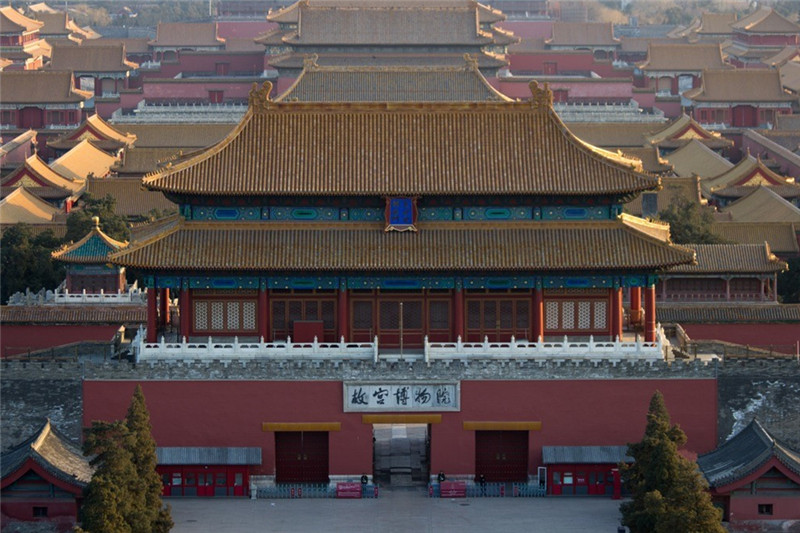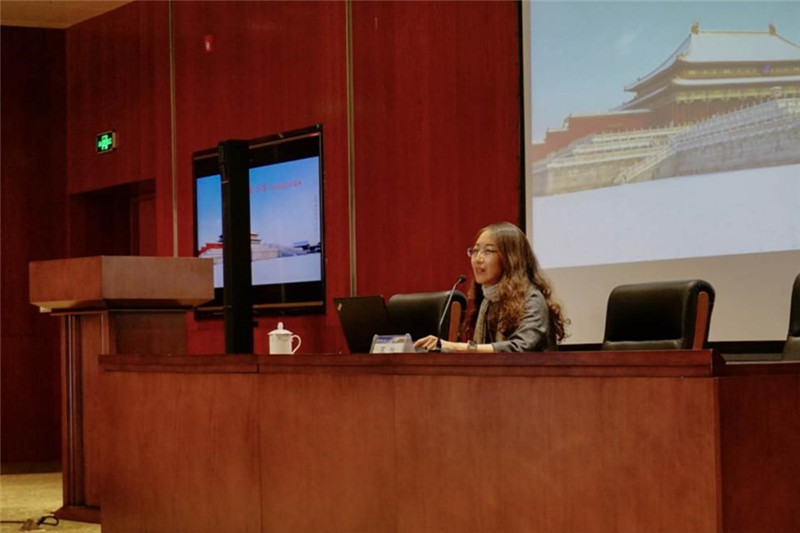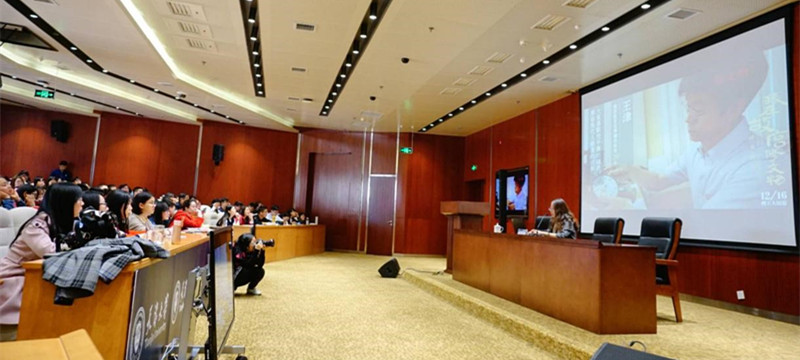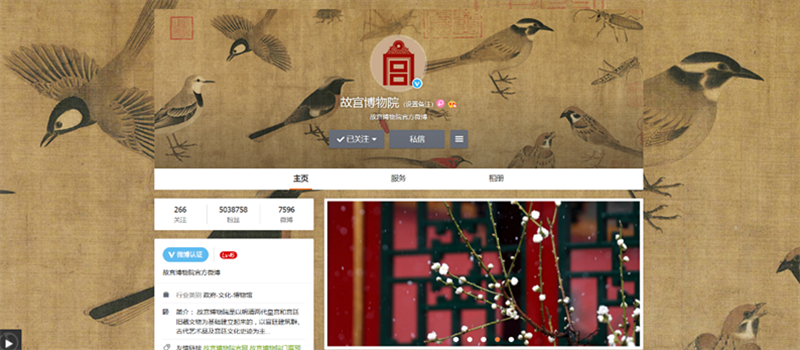As one of China’s most iconic symbols, the Imperial Palace is well known all over the world for its majesty. The atmospheric building has witnessed hundreds of years’ of history, which makes it even more enticing for visitors. Though Chinese people are familiar with the place, there still remains an air of mystery surrounding the inner workings in this forbidden area.

Recently, Su Yi, the director of the Information Department of the Palace Museum, who graduated from Tianjin University (TJU) in 1993, visited her Alma Mater to share her work at the museum with students and reveal the secrets of the Forbidden City. Before the lecture, Su expressed her excitement at coming back to TJU. She mentioned the day that she took her graduation oral examination, which was dramatic and left a deep impression.

Su has been working in the Palace Museum for almost 12 years, concentrating on publicity. Since 1998, a time before Su joined, the staff from the museum have been digitizing all kinds of photos to fill the database. Now, utilizing virtual reality (VR) technology, they use photos to model the building in the palace, being sure to include all the details. Sometimes the modeling is not just an input action. For example, when modeling an incomplete building, Su and her colleagues will search historical data to complete it. To fill a dry pond in the model, they used specific software to simulate its real water level, ensuring the accuracy of the recreation.

With the development of the internet, print media no longer holds the influence among the masses it once did. Under these new circumstances, Su and her team have to look for other ways to publicize the museum more extensively. The official museum website has three editions: Chinese, English and children and young adults. The website for younger visitors is greatly different from the others, offering numerous educational games. What’s more, Su’s team has an official Weibo account. The process of running the account was challenging and tough in the beginning. At first, the account used to receive less than 20 “likes” per post, indicating its obscurity among people. Nevertheless, the account gained attention and followers in 2014, with content related to the hit Korean TV series “My Love from The Stars”. By analyzing the same situation in the following months, the team developed four major rules for running their social media accounts: “We found out that to attract more attention, we should follow hot topics and current events, speak through photos and images, use visually shocking photos and know how to create topics.” Now, the museum’s official Weibo account has more than 2 million followers.

Su and her team spare no effort in ensuring the quality of museum publicity. They not only work on digitalization, websites and official accounts, but also cooperate with popular games, in which they fuse palace elements such as clothing or buildings. Moreover, they developed applications for smartphones, helping people to learn the lifestyle and histories of former dynasties. All of this work was carried out by Su’s ten-person team. Though this work should be hard for such a small team, they choose to persevere. They believe it is their duty to publicize the charm of this fascinating palace and are committed to publishing more entertaining applications in future.
At the end of the lecture, Su expressed her hope that TJU students’ could join in the museum’s work after they complete their education and contribute to the nation. Su Yi holds the post of Tianjin University Creativity Tutor, where she can contribute to the creativity of our student body.
By: Zhang Xxuan
Editors: Qin Mian and Christopher Peter Clarke






